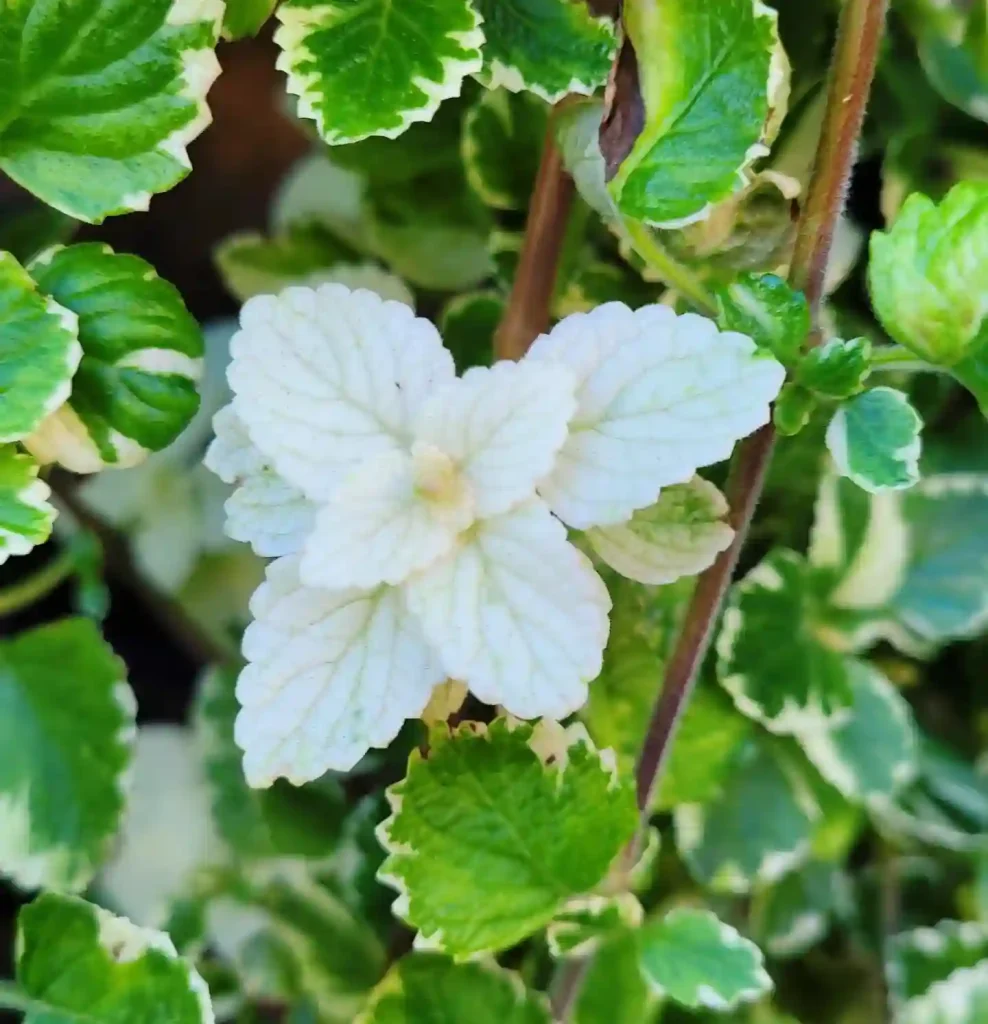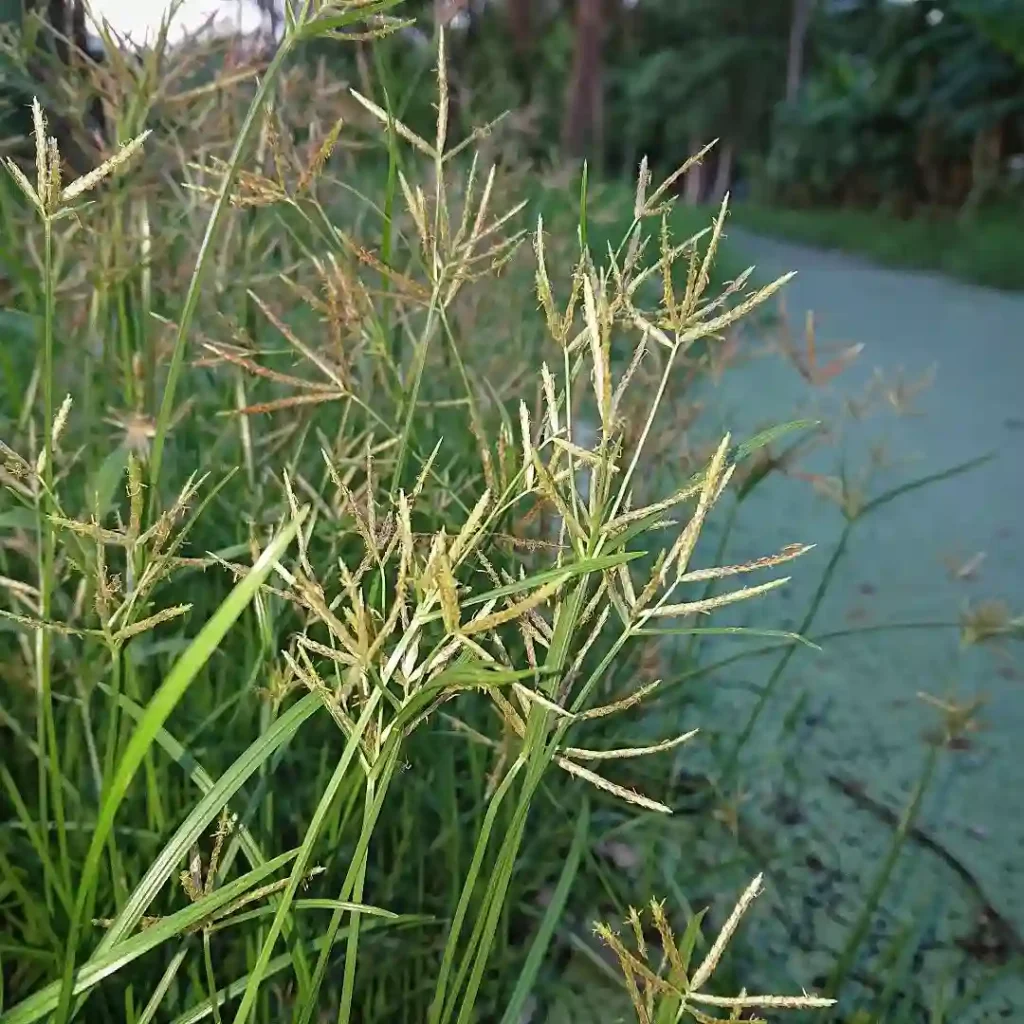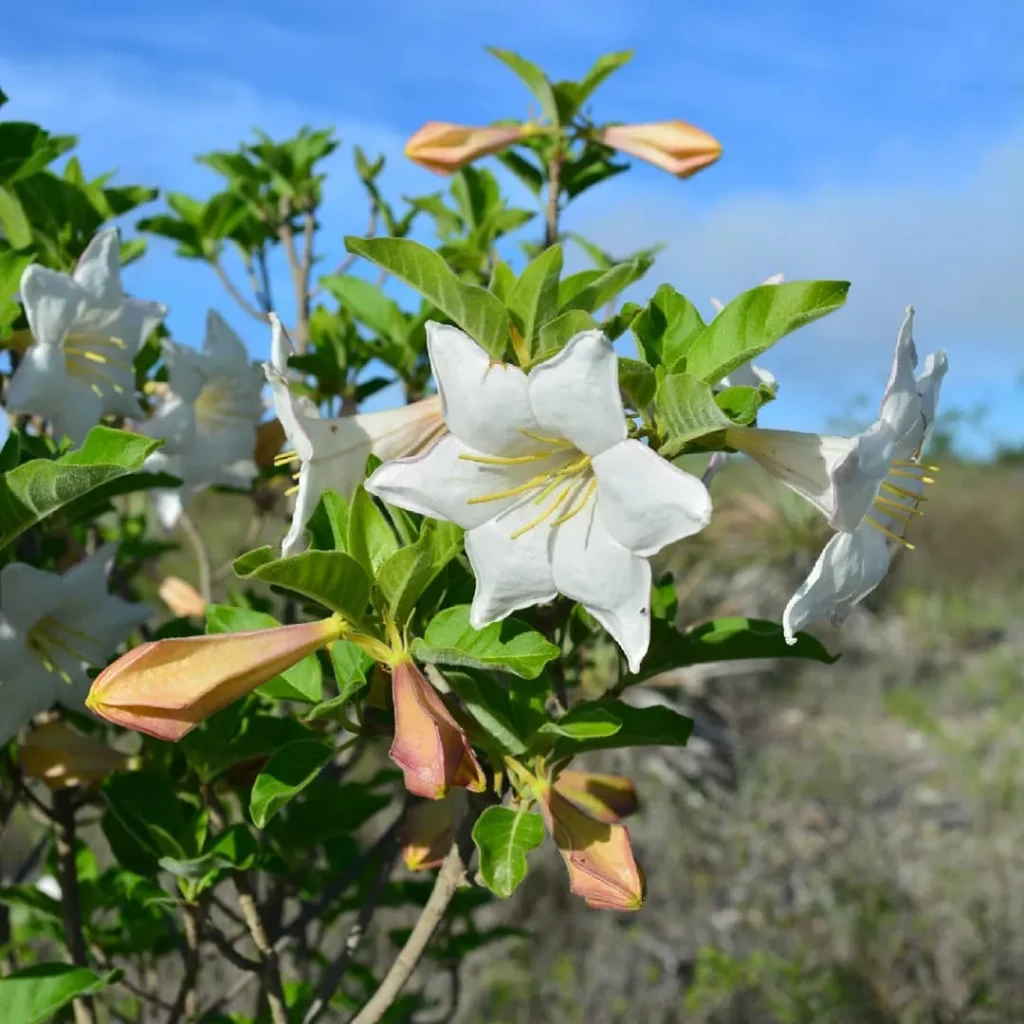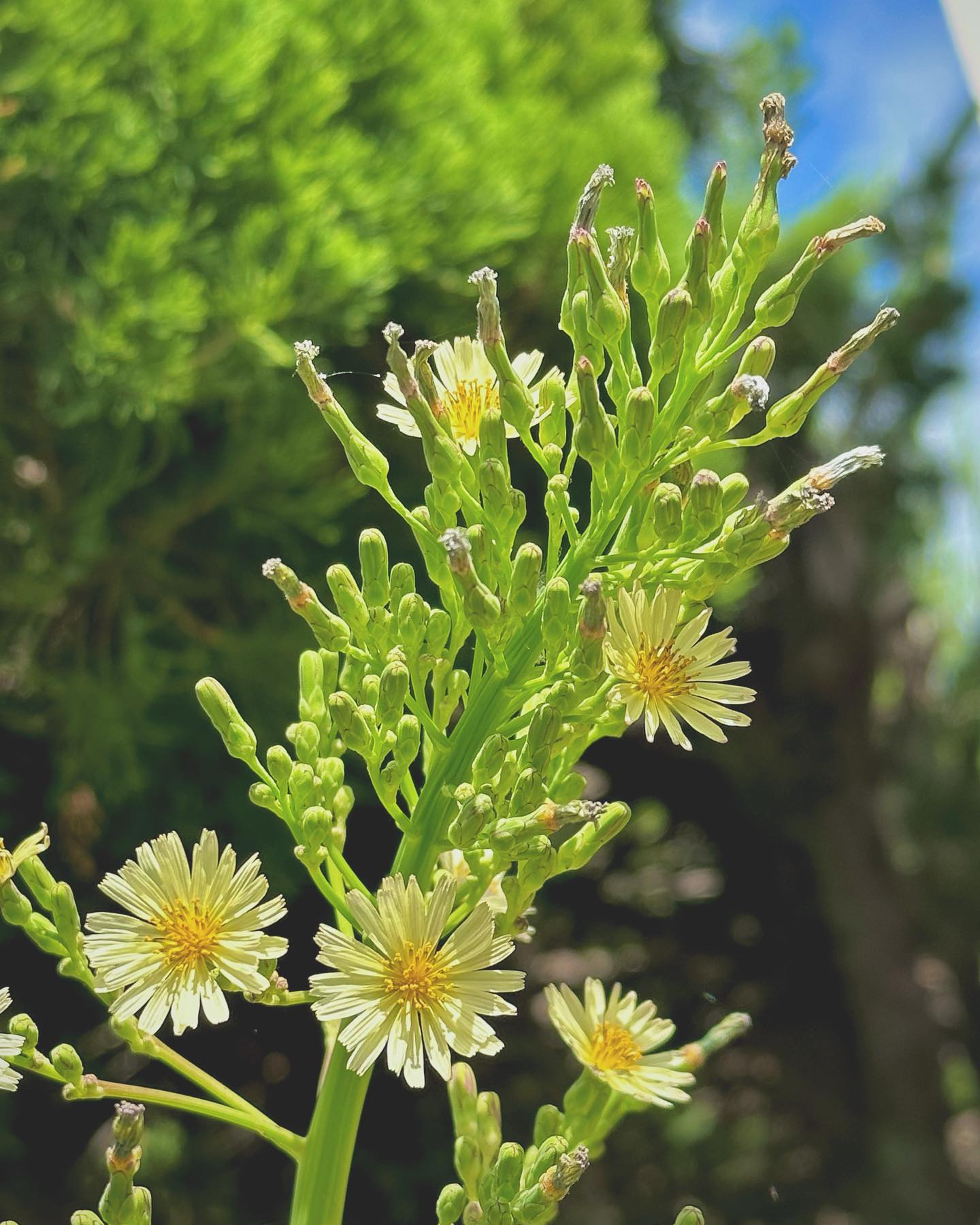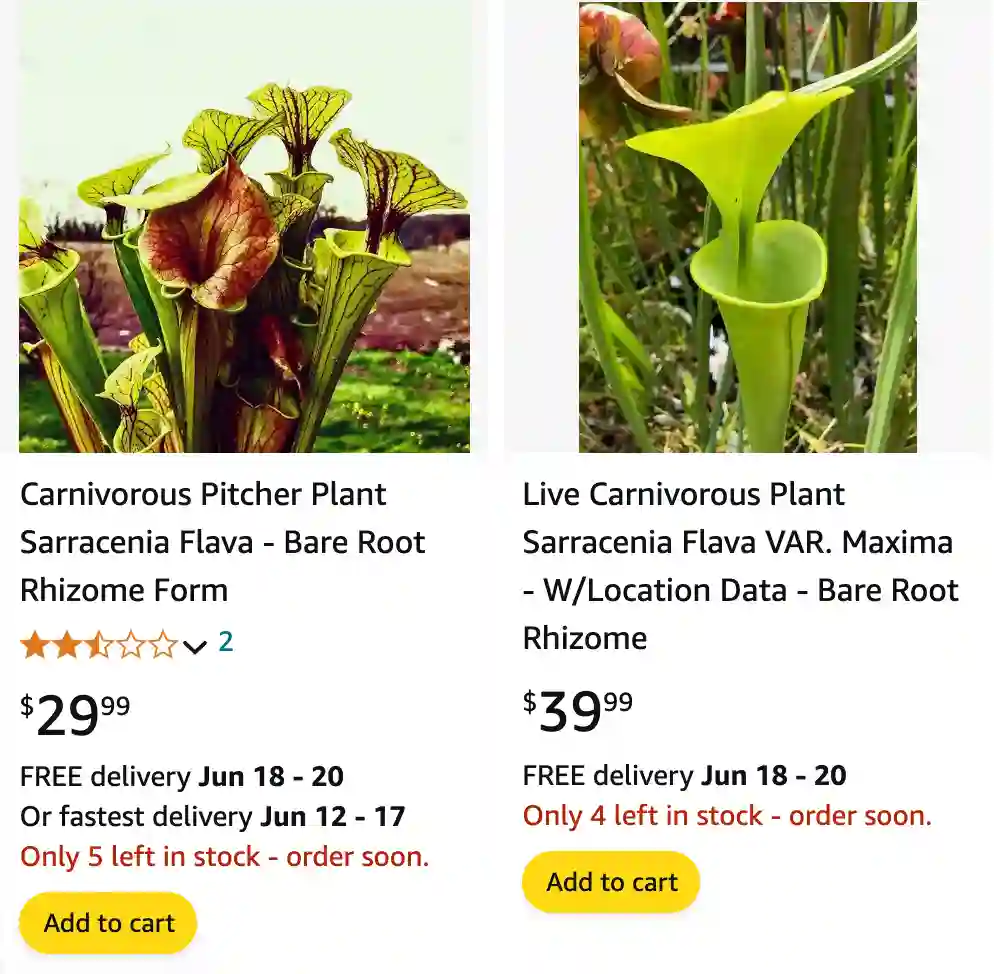
All About the Yellow Pitcher Plant: An Interview with Ferb Vu
Hi everyone, Ferb Vu here! Today, we’re diving into the fascinating world of carnivorous plants, specifically the stunning Sarracenia flava, also known as the Yellow Pitcher Plant.
This plant isn’t your average houseplant. It’s a predator, luring and consuming insects to survive in nutrient-poor environments. From its vibrant looks to its deadly charm, the Yellow Pitcher Plant offers a unique glimpse into the wonders of botanical adaptations.
Let’s address some of the most common questions I get about this captivating carnivore.
32 Species in Genus Sarracenia
What Makes Sarracenia Flava Special?
The Yellow Pitcher Plant stands out for its unique trapping mechanism. Its modified leaves form tubular pitchers, a vibrant yellow in this species. These pitchers hold a sweet-smelling liquid that attracts insects. Once an unsuspecting insect lands on the slippery rim, it tumbles into the pitcher’s depths. The liquid inside the pitcher can contain digestive enzymes that break down the insect’s body, providing the plant with essential nutrients.
How Does the Yellow Pitcher Plant Differ from Other Pitcher Plants?
The Sarracenia flava boasts some distinct features compared to its pitcher plant cousins. Here’s a quick breakdown:
- Size: The Yellow Pitcher Plant is a real showstopper, reaching heights of over a meter (3ft) with its tall, slender pitchers. Some other pitcher plants, like Nepenthes species, tend to be smaller with pouch-like structures.
- Color: The vibrant yellow hue of the Sarracenia flava’s pitchers is a key identifier. Other pitcher plants come in various colors, like red or green, depending on the species.
- Luring Technique: The Yellow Pitcher Plant attracts insects with a sweet-smelling liquid and sometimes even vibrant red veins on its pitchers. Some pitcher plants rely on visual cues or even mimicry to attract prey.
Is the Yellow Pitcher Plant Difficult to Care For?
While not the easiest houseplant, the Yellow Pitcher Plant can thrive with proper care. Here’s what you need to know:
- Boggy Conditions: Mimicking its natural habitat, the Yellow Pitcher Plant requires consistently moist, acidic soil. Think boggy conditions, not your average potting mix.
- Sunlight Needs: Full sun is ideal for optimal growth. These plants crave plenty of light to fuel their carnivorous activities.
- Winter Dormancy: During winter, the pitchers may die back. Don’t panic! This is a natural dormancy period. Reduce watering and keep the soil barely moist.
Can I Grow the Yellow Pitcher Plant Alongside Other Plants?
The Yellow Pitcher Plant can be a captivating addition to a bog garden or terrarium, but choose its companions carefully. Here’s why:
- Carnivorous Nature: Remember, the Yellow Pitcher Plant is a predator. It might accidentally trap and consume smaller plants growing too close.
- Similar Needs: Plants that thrive in acidic, boggy conditions are ideal companions. Venus Flytraps or Sundews could be good options.
Is the Yellow Pitcher Plant Endangered?
Thankfully, the Yellow Pitcher Plant is currently listed as “Least Concern” by the IUCN. However, habitat loss due to development and drainage can pose a threat. Conservation efforts to protect bogs and wetlands are crucial for this and other bog-dwelling plants.
Final Thoughts on the Yellow Pitcher Plant
The Yellow Pitcher Plant is a captivating carnivorous wonder. From its vibrant yellow pitchers to its fascinating insect-trapping skills, this plant offers a glimpse into the remarkable adaptations of the plant kingdom. With proper care and respect for its unique needs, you can cultivate a piece of this botanical marvel in your own home.
Remember, responsible plant ownership includes understanding a plant’s specific needs. If you’re up for the challenge, the Yellow Pitcher Plant can be a rewarding and conversation-starting addition to your collection.
If i die, water my plants!
